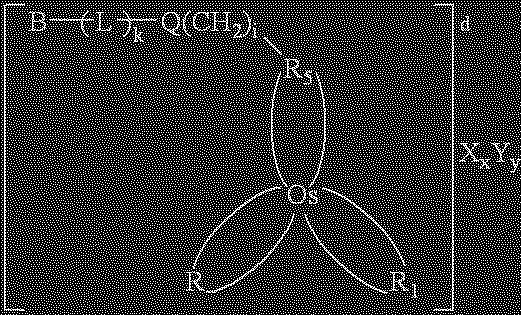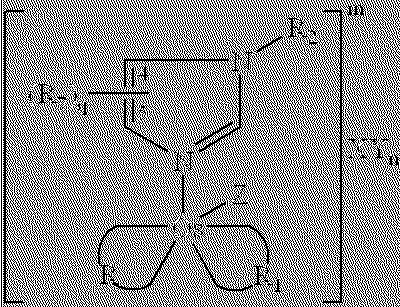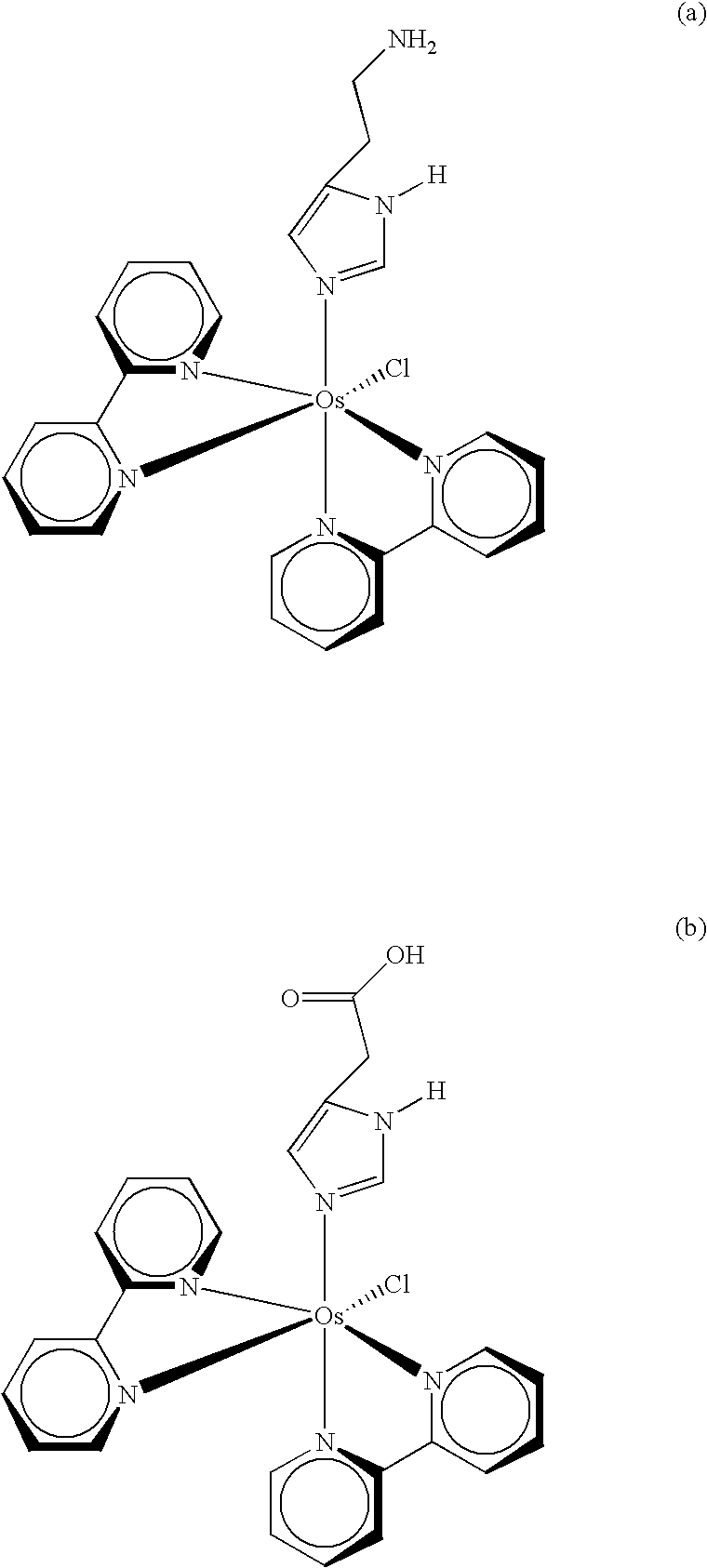Redox reversible bipyridyl-osmium complex conjugates
a bipyridyl-osmium complex and conjugate technology, applied in the field of new redox reversible conjugates, can solve the problems of lack of specificity, lack of sensitivity and lack of specificity, interference by charging and matrix polarization currents, etc., and achieve the effect of minimizing bias
- Summary
- Abstract
- Description
- Claims
- Application Information
AI Technical Summary
Benefits of technology
Problems solved by technology
Method used
Image
Examples
Embodiment Construction
[0028]The diffusible redox reversible species of this invention is a liquid-sample-diffusible conjugate of a ligand analog of an analyte and a redox reversible bipyridyl-osmium complex. The term “redox reversible” as used herein refers to a chemical species capable of reversible oxidation and reduction in a liquid sample. Redox reversible labels are well-known in the art and include ligand complexes of transition metal ions, for example iron (ferrocene and ferrocene derivatives), ruthenium and osmium. The conjugate is prepared by linking the ligand analog to the label either covalently through difunctional linking agents or by combination of covalent linkages and art-recognized specific binding entities (for example, biotin-avidin).
[0029]More particularly, the present invention is directed to a redox reversible osmium complex of the formula
[0030]
wherein
[0031]R and R1 are the same or different and are 2,2′-bipyridyl, 4,4′-disubstituted-2,2′-bipyridyl, 5-5′-disubstituted,-2,2′-bipyrid...
PUM
 Login to View More
Login to View More Abstract
Description
Claims
Application Information
 Login to View More
Login to View More - R&D
- Intellectual Property
- Life Sciences
- Materials
- Tech Scout
- Unparalleled Data Quality
- Higher Quality Content
- 60% Fewer Hallucinations
Browse by: Latest US Patents, China's latest patents, Technical Efficacy Thesaurus, Application Domain, Technology Topic, Popular Technical Reports.
© 2025 PatSnap. All rights reserved.Legal|Privacy policy|Modern Slavery Act Transparency Statement|Sitemap|About US| Contact US: help@patsnap.com



